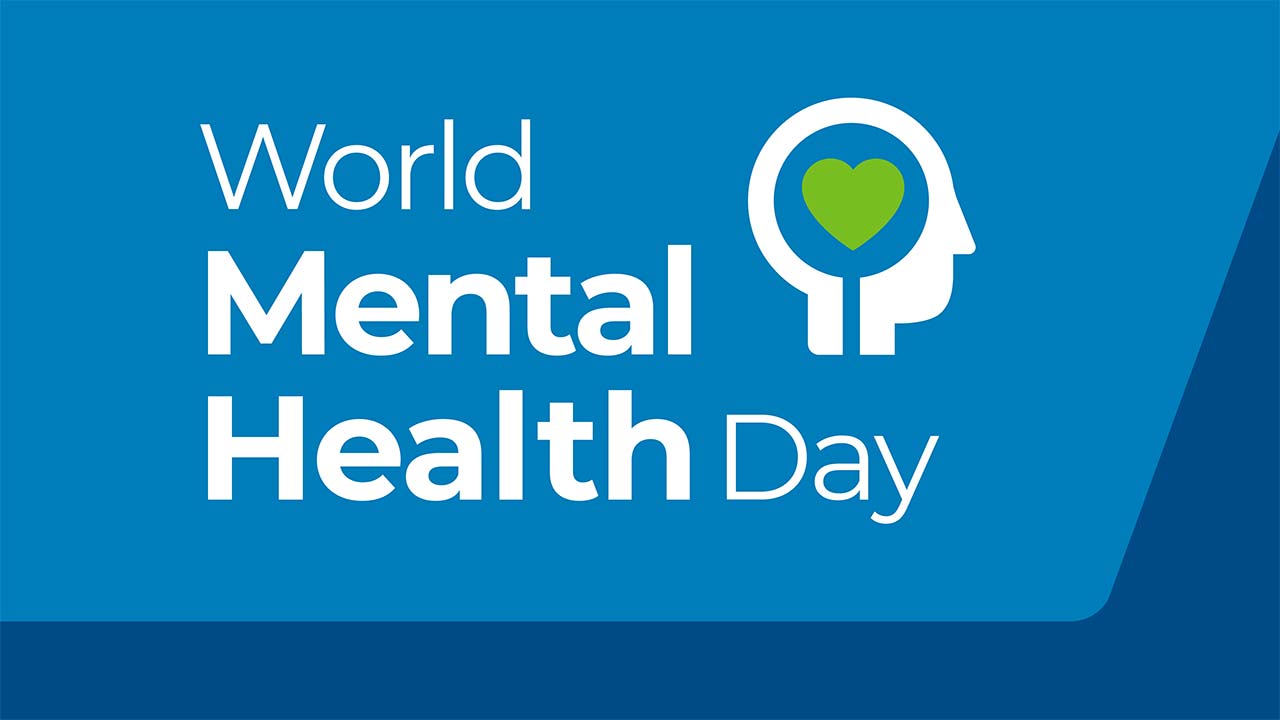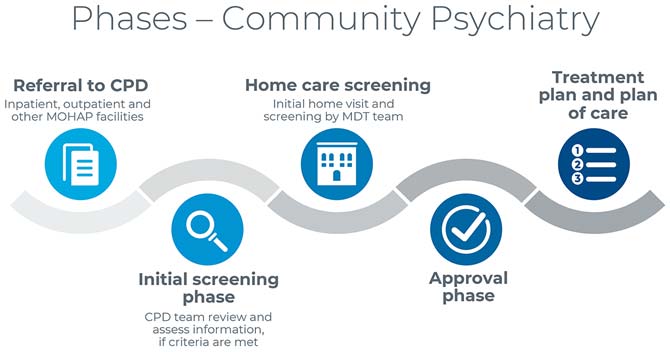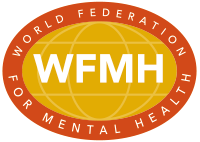
Community mental health services undergo digital revolution to provide high quality accessible care
Mental health and substance use disorders affect 13% of the world's population and are a leading cause of disability worldwide[1]. Recent years have witnessed increased focus on reducing stigma due to psychiatric illnesses, improving access to mental health services, implementation of wider mental health policies and inclusion of mental health in the sustainable development goals in most developed countries. The WHO Special Initiative for Mental Health 2019-2023, aims at universal health coverage for mental health to ensure access to quality and affordable care for mental health conditions.
However, with healthcare systems around the world grappling with challenges compounded by social distancing and isolation amid COVID-19 pandemic, improving access to mental health services has become even more challenging. Lack of insights, non-adherence to treatment, prolonged courses of illness and poor social support were other challenges that further limited access to care and continuity of follow ups in chronically mentally ill patients.
The community psychiatry department of Al Amal hospital, Emirates Health Services Establishment (EHSE), was founded in 2016 with the vision to provide accessible, holistic and recovery-oriented care to patients with chronic and severe mental illnesses. The goals revolved around decreasing relapses, improving patients' quality of life and decreasing caregiver burden.
The department operates within a case management framework where care coordinators are allocated to every patient according to their identified needs to improve accessibility, ensure continuity and facilitate engagement with the services within the community.
The Cerner team, as strategic partners of EHSE, were able to appreciate the different needs of services and their impact on the community. They proactively contributed to reviewing the processes and creating a robust, digitalized user interactive community psychiatry program that encapsulates the different services and their applications. The essence of the program lies in its ability to segregate between patients with different needs and complexities. The data-rich structure of the program enables us to monitor and get insights on quality of care delivered by our service.
The program includes unified patient registry, reflecting their details, diagnosis, clinical status, medications, prioritization as per risk and outcome of interventions. The provision of remote access to patients' health information during home visits greatly helps in documentation and discussion while decreasing possibilities of errors. The virtual clinics for patients provide more choice, greater flexibility and most importantly, faster access to high-quality care.
User interactive digital registry
A customized user interactive digital registry worklist was developed for enrolling and managing community psychiatry patients. The patients are qualified from the time of referral and the team can manage all the stages of the patient enrollment in the worklist. Auto-calculated waiting time from referral to enrollment and length of case post-enrollment are displayed for prioritization. Color-coded visualization of risk stratification and categorization of patients based on risks/patient needs are available on the worklist. Each stage of patient is automatically updated based on the documentation on the worklist for efficient tracking.

Multidisciplinary team engagement approach
The community psychiatry service has a patient-centric approach to managing those patients with a multi-disciplinary team (MDT) that is involved in making sure all the patient needs are addressed. To ensure the efficient processing of the MDT documentation form with a rich discrete structure to capture MDT discussion, customized Dynamic Documentation™ was developed to consolidate all the information in a single note.
Crisis intervention and rapid response teleservice
A crisis intervention program was incorporated as part of the worklist, allowing the team to immediately activate the crisis code and capture minimum documentation through PowerForms. The system also calculates the length of crisis intervention and we developed comprehensive crisis intervention Dynamic Documentation that summarizes the event.
The rapid response teleservice provides the opportunity for access of providers any time of emergency, where the patient is counselled over the phone. This is another service that is easily accessible for users directly from the worklist. Users can launch a form and capture all the details of the intervention provided for the patient on the call in a discrete structure.
This digital revolution has paved the way for collaborated, coordinated and standardized healthcare delivery to patients in an effective and efficient manner. This has helped to lay down patient-centered care pathways, which will be longitudinally reflected, measured and monitored through digital empowerment. This demonstrates smarter, readily accessible and more proactive care, which promises continuous quality improvement and the reduction of healthcare expenditure.
NOTES
